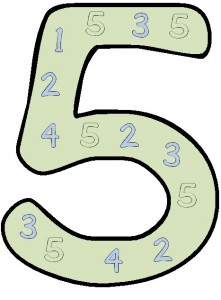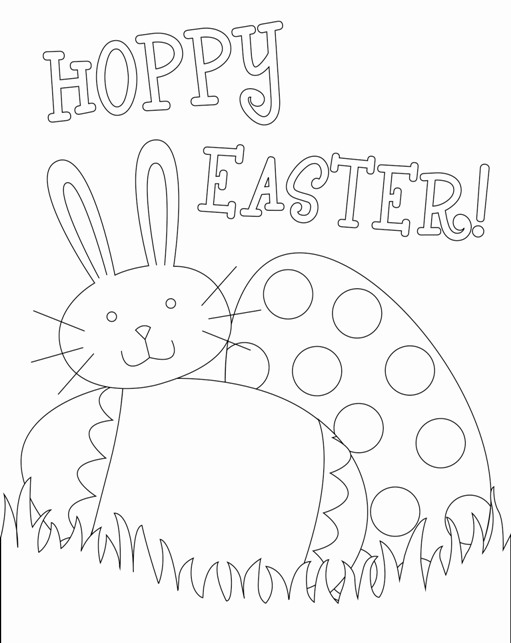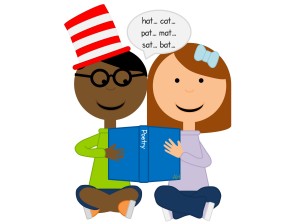A friend asked me the other day for more number activities to introduce to her little one who is unfamiliar with numbers, though she said her little one is familiar with letters. This is sort of common because we are so eager to teach our little ones their ABCs we initially neglect their 123s. However, it is just as important to teach number recognition as it is to teach letter recognition, and today I made a little printable so that you can reinforce/teach numbers to your little one. The final “answer sheet” will look something like this:
I use this number search printable as a means of providing an example of what number your little one is looking for as well as requiring them to find that same number and color it in, focusing on the formation of the letter as they color it in. Then the little one will color in every other number that is not a “5” a different color.
Click on the link below to download the PDF or click the purchase button 🙂
[purchase_link id=”3366″ style=”button” color=”green” text=”Purchase”]



